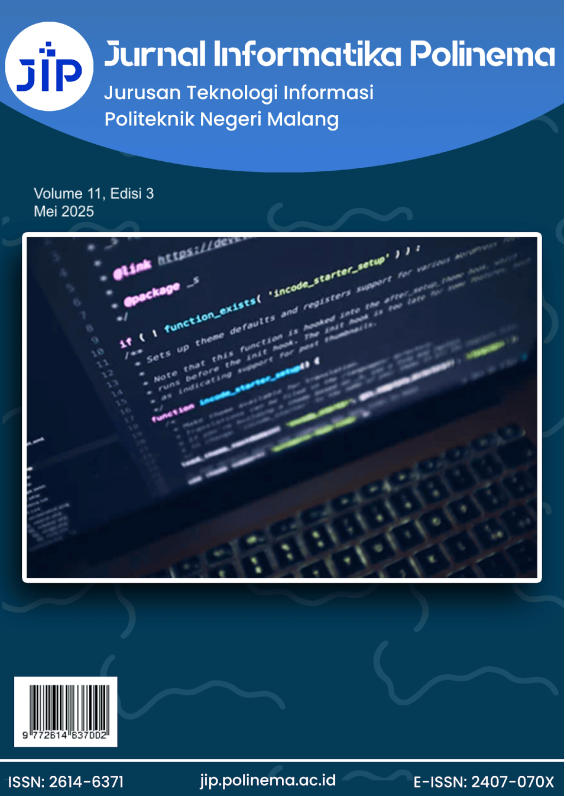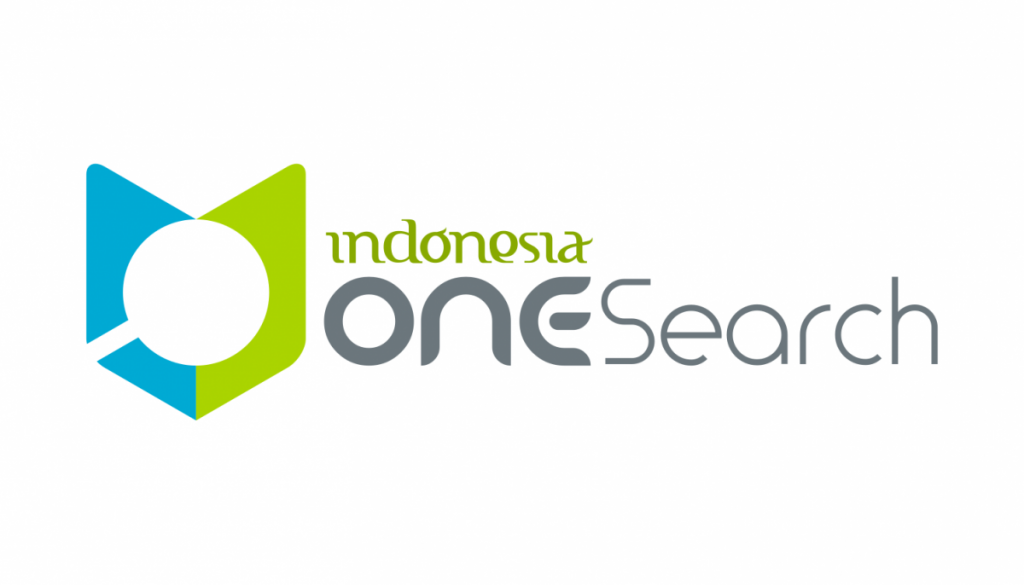Implementation of Non-Invasive Detection of Cholesterol Levels, Hypertension Using Android-Based BPW34 and MPX5050GP Sensors
DOI:
https://doi.org/10.33795/jip.v11i3.6963Keywords:
cholesterol levels, hypertension, heart rate, oxygen saturation, prototype, measurement, android applicationAbstract
High cholesterol levels and blood pressure are the main indications of body health which can cause heart attacks and strokes. Cholesterol deposits in the blood vessels can cause narrowing which results in hypertension and disorders of the components of the cardiovascular system. In accordance with the function of the cardiovascular system which is responsible for sending blood to various parts of the body, it is necessary to detect cholesterol levels and hypertension as early as possible in order to prevent heart attacks and strokes. The aim of this research is to measure cholesterol and hypertension levels using the BPW34 and MPX5050GP sensors and the addition of the GY-MAX30100 sensor to detect heart rate and oxygen saturation. The three sensors were combined as an experimental analysis test for a prototype medical tool for measuring blood cholesterol levels and hypertension in real-time, non-invasively (does not injure skin tissue).
In this research, an application system was created in the form of a dashboard of test results for each sensor, which then sent the medical test data results to the user's smartphone to determine estimated values for cholesterol and hypertension levels for the purpose of initial medical examination.In this research, an application system was created in the form of a dashboard of test results for each sensor, which then sent the medical test data results to the user's smartphone to determine estimated values for cholesterol and hypertension levels for the purpose of initial medical examination. The results of the research show that the prototype created compared to standard medical measuring instruments, has the ability to measure cholesterol levels and blood pressure with an accuracy of 0.675% on the BPW34 sensor and 3.9% on the MPX5050GP sensor and 1.475% accuracy on the GY-MAX30100 sensor. heart rate and 1.305% for oxygen saturation. The measurement data can be connected successfully into an android application enabling remote and live monitoring. This system supports personal health management by enabling people to monitor their health conditions independently and in real time.
Downloads
References
Bick, U., Trimboli, R. M., Athanasiou, A., Balleyguier, C., Baltzer, P. A. T., Bernathova, M., Borbély, K., Brkljacic, B., Carbonaro, L. A., Clauser, P., Cassano, E., Colin, C., Esen, G., Evans, A., Fallenberg, E. M., Fuchsjaeger, M. H., Gilbert, F. J., Helbich, T. H., Heywang-Köbrunner, S. H., … Sardanelli, F. (2020). Image-guided breast biopsy and localisation: recommendations for information to women and referring physicians by the European Society of Breast Imaging. Insights into Imaging, 11(1). https://doi.org/10.1186/s13244-019-0803-x
Centers for disesase control and prevention. (2024, May 15). LDL and HDL Cholestrol and Triglycerides. https://www.cdc.gov/cholesterol/about/ldl-and-hdl-cholesterol-and-triglycerides.html
Kenneth R, & Feingold, MD. (2024). Introduction to Lipids and Lipoproteins.
Legal and Public Relations Team of Dr. Sardjito General Hospital Yogyakarta. (2019, February 15). Diseases that arise due to unhealthy lifestyles. https://sardjito.co.id/2019/02/15/penyakit-yang-timbul-akibat-gaya-hidup-tidak-sehat/
Vaduganathan, M., Mensah, G., & Turco. (2022). The global burden of cardiovascular diseases and risk: A compass for future health. JACC, 80(25), 2361–2371.
Wu, X., Liu, C., & Wang. (2023). Internet of things-enabled real-time health monitoring system using deep learning. Neural Comput & Applic, 35, 14565–14576. https://doi.org/10.1007/s00521-021-06440-6
Lee, A. R. (2024). The relationship between high cholesterol and high blood pressure. Verywell Health. https://www.verywellhealth.com/high-cholesterol-high-blood-pressure-5204455
Permatasari, R., Suriani, E., & Kurniawan, K. (2022). Relationship between total cholesterol levels and blood pressure in hypertensive patients aged ≥ 40 years. Jurnal Labora Medika, 6, 16–21.
Ahniar, N. H., Lestari, G. R., & Hidayati, R. N. (2022). A non-invasive cholesterol measuring device using a photodiode sensor with a BLYNK interface. In 2022 5th International Conference on Information and Communications. Technology (ICOIACT) (pp. 473–478). IEEE.Shofani, M., Hardianto, F., & Sumarti, H. (n.d.). Development of a non-invasive cholesterol and uric acid measurement tool using the TCRT-5000 sensor. In Proceedings of SNFA (National Seminar on Physics and its Applications) (Vol. 5, pp. 57–66).
Sumarti, H., Istikomah, I., Saputri, A. A., Susilawati, S., Septiani, F., Tasyakuranti, A. N., & Fariyani, Q. (2022). Blood sugar, uric acid, and cholesterol level profile of Beringin Forest Park residents using non-invasive methods and zero waste principles. Journal of Community Service, 3(2), 99–104.
Nurmar'atin, T. (n.d.). Non-invasive detection of cholesterol levels in blood using an IoT-based telemedicine system. Walisongo State Islamic University.
Haikal, F. (2021). Design of a non-invasive cholesterol measuring instrument with the Blynk interface. Diploma III Study Program in Electro-Medical Technology.
Noviyanto, A. H. (2019). Testing of phototransistor and photodiode light sensors on heart rate monitors using the reflection photoplethysmograph method. SIMETRIS Journal, 10(1), 303–304.
Harianto, B. (2021). Analysis of the use of the MAX30100 sensor in the Blynk IoT-based heart rate detection system. In SemanTECH (National Seminar on Technology, Science and Humanities) (Vol. 3, No. 1, pp. 238–245).
Muthmainnah, M., & Tabriawan, D. B. (2022). Prototype of heart rate measuring device using MAX30102 sensor based on Internet of Things (IoT) ESP8266 and Blynk. JISKA (Sunan Kalijaga Informatics Journal), 7(3), 163–176.
Izhangghani, Hikmah, I., & Indriyanto, S. (2022). Prototype of body temperature and oxygen saturation monitoring system using DS18B20 and MAX30100 sensors based on IoT. Jurnal RESTI (Rekayasa Sistem Dan Teknologi Informasi), 6(5), 810–817. https://doi.org/10.29207/resti.v6i5.4385
Ahniar, N. H., Lestari, G. R., & Hidayati, R. N. (2022). Non-invasive cholesterol measuring device using photodiode sensor with BLYNK interface. In Proceedings of the 5th International Conference on Information and Communication Technology (ICOIACT), Yogyakarta, Indonesia (pp. 473–478).












